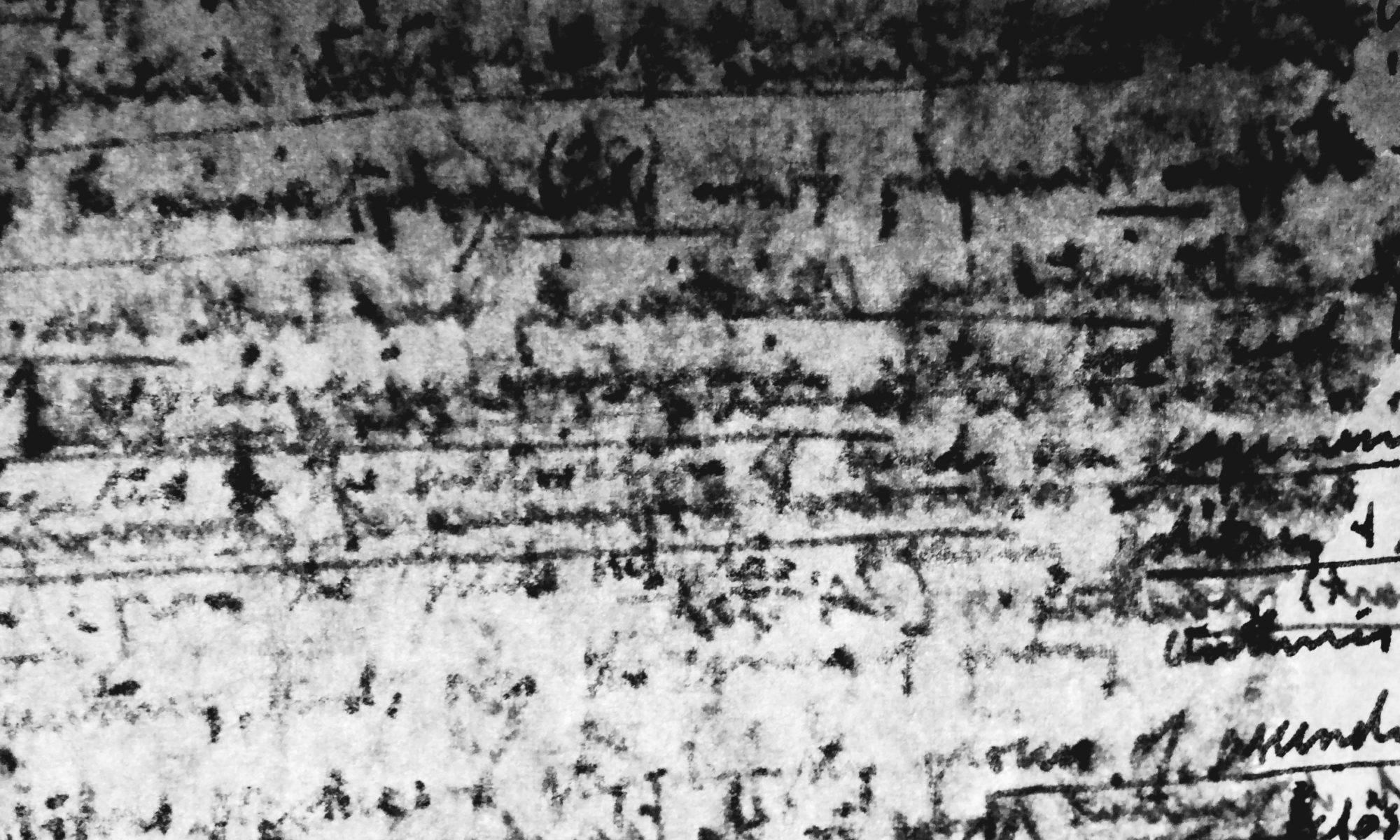Following our 9th annual conference held 25 October 2019 in Toronto, Modern Horizons (modernhorizonsjournal.ca) invites essays to be considered for publication in the journal’s June 2021 issue on the theme of “Rhythm, Duration, Presence.” We wish to continue the conversation of the conference and we seek essays that address questions of tonality, rhythm, and forms of time in literature, art, cinema, music, and dance.
If, for Andrei Tarkovsky, cinema is the art of sculpting time, and sculpture, provisionally, captures time’s form and freezes the shape of its movements, what can be said about time and presence in other media that “capture,” such as photography? How does the image–moving or still–relate to and inform duration? What do we mean, and what’s at stake, when we say the image has a presence of its own? In terms of movement and the body, Marina Ambramović explores ritual and gesture, while the choreographer and dancer Pina Bausch, combines improvisation and repetition. Do these more ephemeral art forms also endure? How so? Some literary genres–oral poetry, song, theatre–exist as both archive (as text) and as event (as performance). Do their rhythms and life spans shift with each mode? Can a static text or image have a morphological life? How can one think these physical and corporeal movements alongside Paul Valéry’s claim that likens poetry to dance? For Marcel Proust, the drawn-out prose sentence is an immanent form of writing that endures and discovers minutiae’s rhythms. And to return briefly to the visual arts, sculptors and painters such as Alexander Rodchenko and Jackson Pollock explore rhythm and movement. Finally, in music one thinks of Glenn Gould’s mastery of the contrapuntal, or Björk’s rhythmic melding of nature and technology. Theodor Adorno laments the division of labour in music, the separation of rhythm, melody, harmony, and counterpoint. Could this critique of specialization be applied to other art forms, such as those mentioned above? Singling out any of the three terms in the conference theme narrows thinking; we wish to explore how rhythm, duration, and presence interact and interdepend.
Along with these spaces and forms, we would like to think about the rhythms of everyday life, the habits we survive on and the ones we try to break, the temporal structures that shape our existence, and how presence or being present attunes us to time. The body’s presence to our own selves and to others is often shown in patterns and cycles: birth, death, sex, ageing, conversation. And what to make of the living body’s endurance beyond materiality, in memory for example? Perhaps more abstractly but no less vital for life, thinking and thought ought to be considered as well. Ideas can be nurtured over time, may seem to surge unannounced (as genius, say), or recur throughout history; every thought has its own rhythms and ways of enduring just as one specific idea’s presence can take on a different meaning in varying traditions. What is brought to ideas of rhythm, duration, and presence when they are thought of spiritually?
As the theme of the conference suggests, we do not wish to limit ourselves to any one historical period, and we welcome essays that engage with ideas of rhythm, duration, and presence in life, thought, and art. Possible topics may include, but are not limited to:
– Presence and image
– Rhythms of writing / writing in rhythms
– Functions and cycles of the body
– Breathing, eating, sex
– Tradition and duration
– Rhythms / habits of everyday life
– Community and the individual
– Replication, repetition, representation, emulation, continuation
– Singularity, difference, divergence
– Intimacy and rhythm
– Presence as steady love
– Growth and fullness
– Ontological, eschatological, apocalyptic thinking
– New and old
– Concepts of “modernity” or “contemporaneity”
– Soil, roots, natality, particularity
Please send essays to editors@modernhorizonsjournal.ca by 15 March 2021. You can expect to hear from us by the end of May. Essays will be submitted for peer review.

